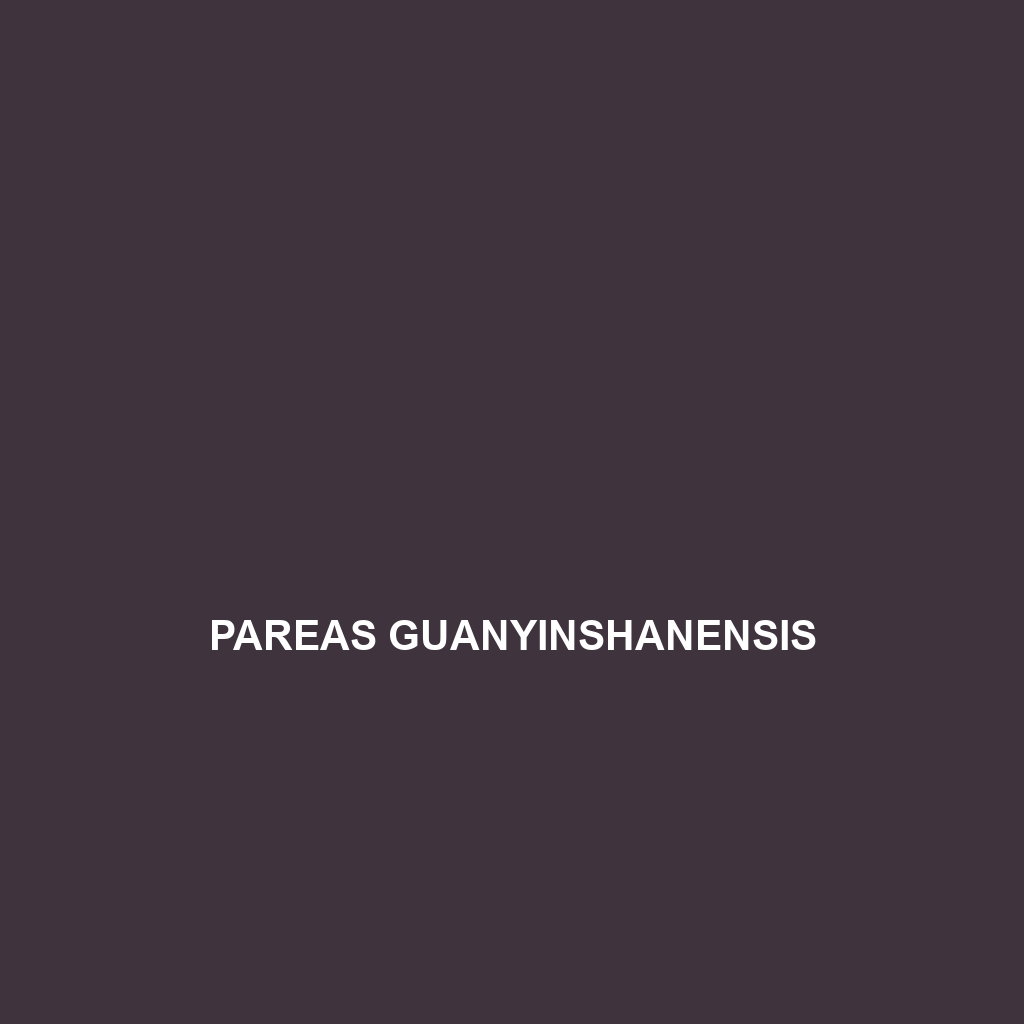<p>The <b>Psammodynastes pulverulentus</b>, or powdery sand snake, is a nocturnal insectivore known for its remarkable sandy coloration and burrowing abilities, found in tropical Southeast Asia. This slender snake, measuring 60 to 120 cm, plays a crucial role in its ecosystem by controlling insect populations and serving as prey for larger predators.</p>
Tag: Biodiversity in Southeast Asia
Protobothrops sieversorum
<p><b>Protobothrops sieversorum</b>, known as Sievers’ pit viper, is a strikingly patterned snake found in the rainforests of Southeast Asia, exhibiting distinctive dark brown and green scales. Primarily nocturnal, this carnivorous species preys on small mammals and birds, possessing heat-sensing pits to detect prey and plays a vital role in its ecosystem by maintaining population balances.</p>
Protobothrops kelomohy
<p>The <b>Protobothrops kelomohy</b>, or Kelomohy pit viper, is a striking green snake native to the rainforests of Southeast Asia, known for its slender body, exceptional camouflage, and nocturnal ambush hunting behavior. As a vulnerable species, it plays a crucial ecological role by regulating small mammal and bird populations in its habitat.</p>
Pelochelys signifera
<p>Discover the <b>Pelochelys signifera</b>, or Asian softshell turtle, a vulnerable species native to Southeast Asia's freshwater habitats, recognized for its soft, leathery shell, and unique adaptations for surviving in low-oxygen environments. This omnivorous turtle plays a vital role in maintaining ecological balance by controlling fish populations and supporting aquatic vegetation diversity.</p>
Pelochelys cantorii
Pelochelys cantorii, commonly known as Cantor's giant softshell turtle, is a critically endangered species native to Southeast Asia. This remarkable aquatic turtle can grow up to 2 meters in length and is known for its unique leathery skin, nocturnal feeding habits, and its vital role in maintaining the health of freshwater ecosystems.
Parvoscincus agtorum
<p><b>Parvoscincus agtorum</b>, known as the Southeast Asian Skink, is a small to medium-sized reptile thriving in humid rainforests and temperate forests across Southeast Asia. This vibrant insectivorous skink exhibits striking coloration for effective camouflage and plays a crucial role in maintaining the ecological balance as both a predator and prey species.</p>
Pareas vindumi
Discover the vibrant and agile <b>Pareas vindumi</b>, a striking snake native to the rainforests of Southeast Asia, known for its nocturnal behavior, stunning color adaptations, and vital role in maintaining ecological balance as an insect predator. With a slender body that can reach up to 1 meter in length and a diet primarily consisting of insects, this fascinating species exemplifies the intricate biodiversity of its humid tropical habitat.
Pareas kaduri
<p><b>Pareas kaduri</b>, a slender, nocturnal snake found in Southeast Asia's tropical rainforests, thrives in high humidity and is known for its unique coloration and ambush feeding behavior on small amphibians and insects. Currently listed as vulnerable, this intriguing species plays a vital role in its ecosystem by helping control insect populations and serving as prey for larger predators.</p>
Pareas hamptoni
Discover the <b>Pareas hamptoni</b>, a medium-sized, olive green snake native to Southeast Asia’s rainforests and temperate forests, known for its unique nocturnal hunting behaviors and vital role in controlling insect populations. With a striking appearance, this species thrives in humid environments and demonstrates fascinating adaptations for survival.
Pareas geminatus
Discover the fascinating Pareas geminatus, or twin-barred snake, a slender, nocturnal species native to the tropical rainforests of Southeast Asia, characterized by its striking green and brown coloration, prehensile tail, and diet of small vertebrates and insects. This unique snake plays a vital role in its ecosystem, contributing to biodiversity and population control.









